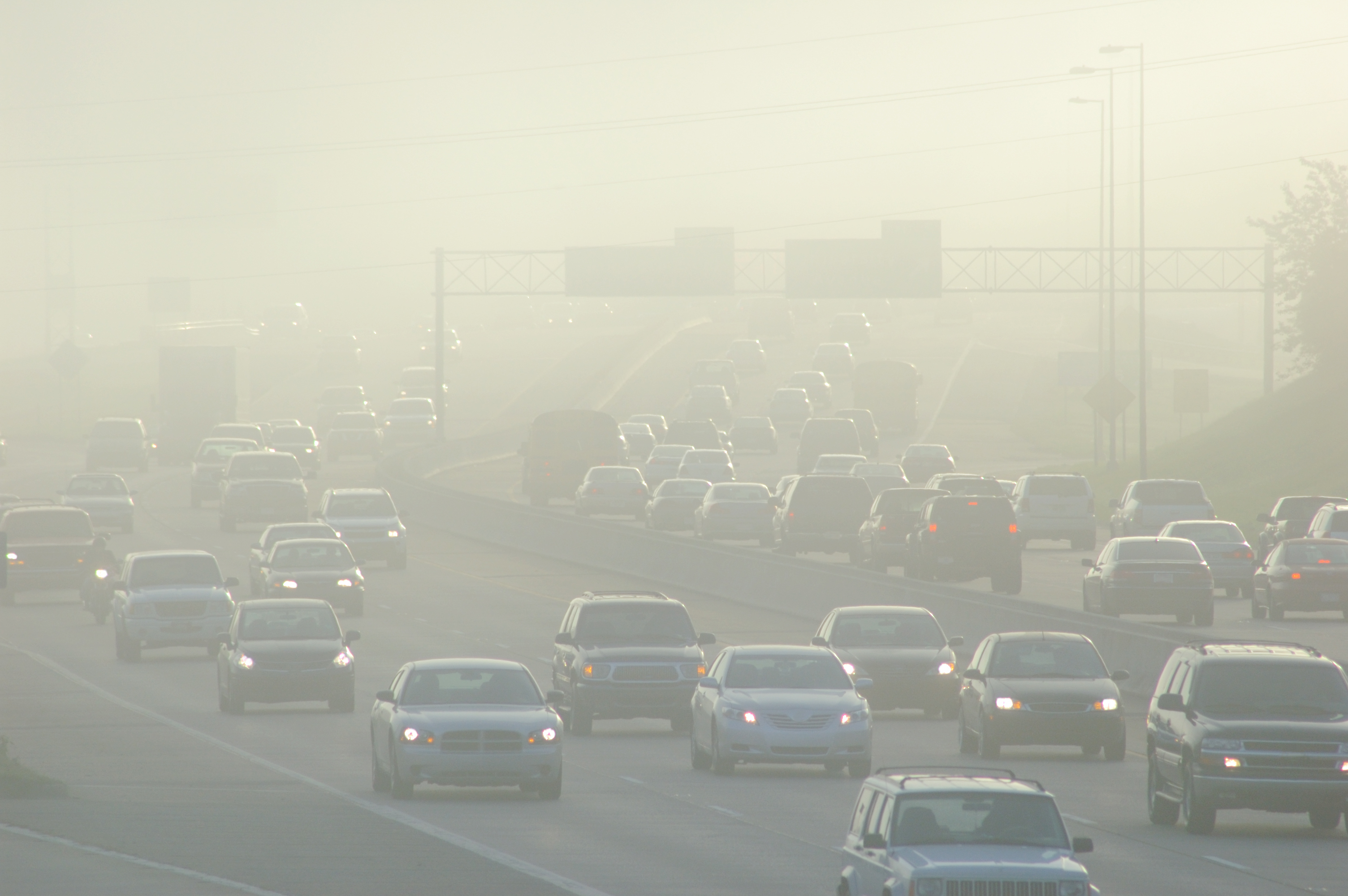Short-term exposure to air pollution particles causes respiratory infections

Researchers have concluded that health care encounters for acute lower respiratory infections in young children, as well as in older children and adults, are associated with short-term exposure to elevated airborne fine particulate matter no larger than 2.5 m in diameter, or PM2.5.
According to a study led by Benjamin D. Horne, PhD, MStat, MPH, director of cardiovascular and genetic epidemiology at Intermountain Medical Center Heart Institute and assistant professor of genetic epidemiology at the University of Utah, approximately 60% of children in the United States live in counties where PM2.5 concentrations are above air quality standards.
To better understand the relationship between health and ambient air pollution exposure, Horne and colleagues studied 146,397 individuals who presented with acute lower respiratory infection (ALRI) and resided in Utah’s Wasatch Front, where approximately 80% of the state’s population is located. Although the Wasatch Front averages lower daily PM2.5 levels than New York or Los Angeles, the high mountain valleys can trap air pollution, causing PM2.5 levels in this region to quickly spike to unhealthy levels. These spikes are typically observed in the winter months, when temperature inversions are more likely to occur. Horne noted in a press release that PM2.5 levels do not vary as much in locations that average higher daily PM2.5 levels and that “it is not clear how this study’s findings may transfer to those locales where the air pollution exposure is higher over the long term but short-term spikes do not occur.”
Horne and colleagues analyzed data from community-based air quality monitors to measure PM2.5 air pollution concentrations between 1999 and 2016. After participants were classified into three groups based on age — 0 to 2 years, 3 to 17 years and 18 years and older — researchers calculated ORs for ALRI health care encounters, according to the study.

The researchers found that odds of young children, older children and adults receiving medical care for ALRIs over the course of 1 month increased by 15% to 32% for every 10-µg/m3 increase in PM2.5 levels. Children aged 0 to 2 years made up 77% (n = 112,467) of the study population. Results showed that within 1 week of elevated PM2.5 levels, the odds of these young children contracting an ALRI increased. However, after 3 weeks, the risk peaked, with a cumulative 28-day OR of 1.15 (95% CI, 1.2-1.19) for every 10-µg/m3 increase. Additionally, elevated PM2.5 levels increased ALRI encounters for diagnosed and laboratory-confirmed respiratory syncytial virus and influenza. Comparable elevated odds for ALRI were observed in older children (OR of 1.32 for every 10-µg/m3 increase) and adults (OR of 1.19 for every 10-µg/m3 increase), “although the number of events and precision of estimates were much lower,” the researchers said.
After the rapid rise in PM2.5 levels, hospitalizations or clinic visits for ALRI took about 2 to 3 weeks to occur, researchers observed. Within 30 days of ALRI diagnosis, 17 young children, nine older children and 81 adults died, according to an analysis of death rates in the study population.
According to Horne, pollution can “make the human body more susceptible to infection or may impair the body’s ability to fight out the infectious agents.” Therefore, the researchers recommend further exploration of casual interactions between PM2.5 levels and ALRI.
“It may be that PM2.5 causes damage to the airway so that a virus can successfully cause an infection or that PM2.5 impairs the immune response so that the body mounts a less effective response in fighting off the infection,” Horne said. “This could lead to longer periods of ALRI symptoms or more severe symptoms requiring a higher intensity of medical care for the infected individual. It may also be that periods of acute increases in PM2.5 lead people to stay indoors more, where they are in closer contact with others who carry infectious agents and can transmit the infection to them.”

Liz Joy, MD, MPH, medical director for Intermountain Healthcare and adjunct professor at the University of Utah School of Medicine, told Infectious Disease News that the results of this study, although not clinically comparable to areas where average PM2.5 levels are higher, should still be taken seriously by individuals who live in locations where air quality impacts health.
“Our goal in publishing these data is so that individuals at risk can minimize their exposure to poor air quality as well as minimize their exposure to those with respiratory illness,” she said. “That will reduce the likelihood of infection and decrease the likelihood of worsening ALRI symptoms necessitating medical interventions in clinics, emergency rooms and hospitals. Understanding the risks posed by poor air quality, physicians should counsel patients and parents about minimizing exposure. When air pollution levels are high, exercise indoors, and rather than walking to work or school, take public transportation or car pool.” – by Marley Ghizzone
Disclosures: Horne and Joy report no relevant financial disclosures. Please see the study for all other authors’ relevant financial disclosures.

